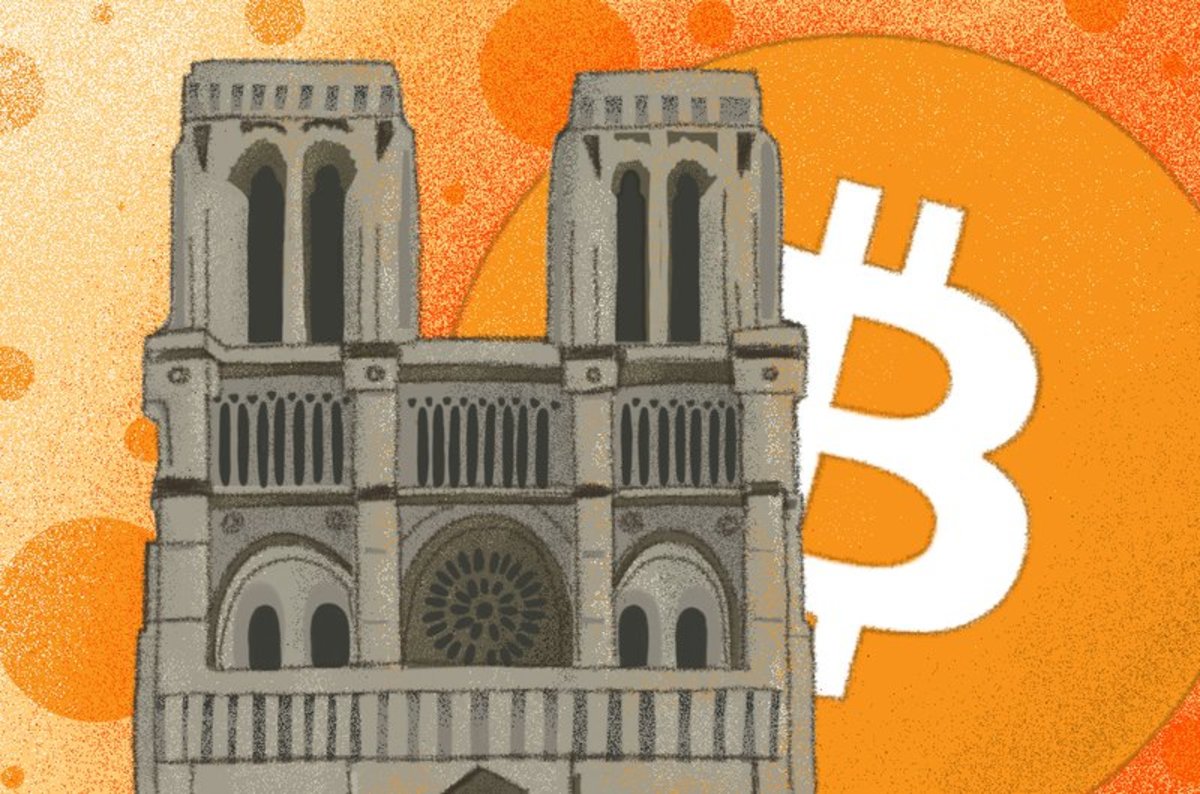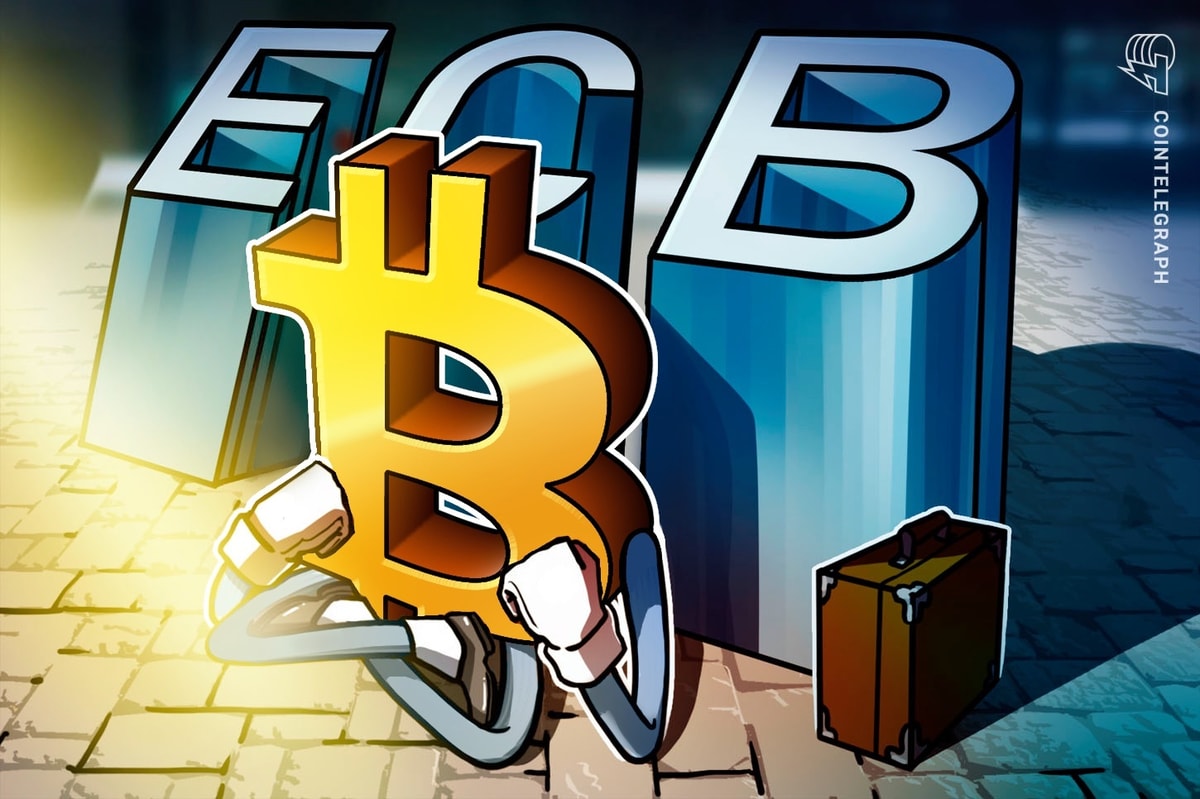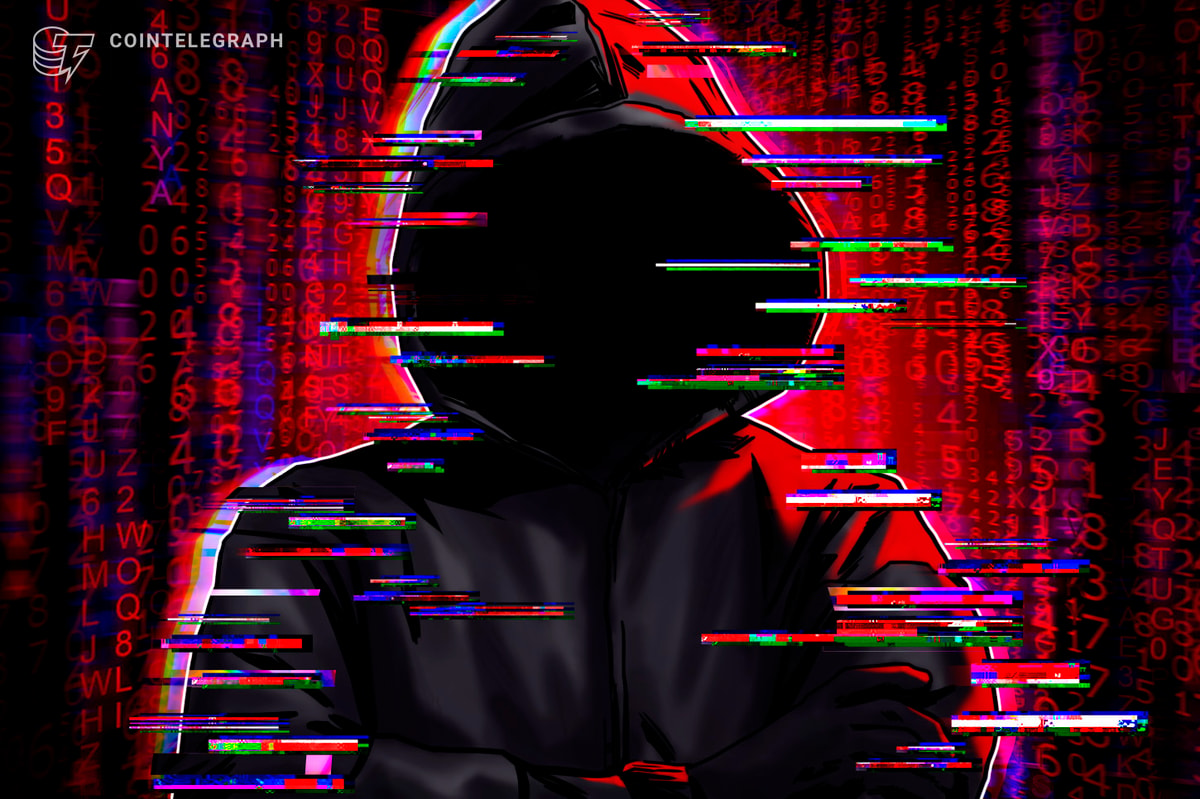This is an opinion editorial by Nathan Cryder, the COO of a renewable energy company and the founder of a bitcoin-focused holding company.
It’s unlikely that Bitcoin’s mysterious, pseudonymous creator, Satoshi Nakamoto, knew just how many similarities Bitcoin would one day share with the world’s great religions when they first released their code to the public.
That “genesis block” was mined on one of Nakamoto’s computers on January 3, 2009, a day now celebrated annually as one of the many Bitcoin “holidays” to commemorate the heritage of the world’s first cryptocurrency and blockchain. For some, January 3 has become “Proof Of Keys Day” to promote the importance of holding one’s own private keys, as opposed to trusting them with a cryptocurrency exchange or other third party. Other Bitcoin holidays commemorate the first bitcoin transaction (“Bitcoin Pizza Day”), the sovereignty of community consensus and the resolution to the “Blocksize Wars” (“Bitcoin “Independence Day”) and the day Nakamoto publicly released the white paper conceptualizing Bitcoin (“Bitcoin White Paper Day”).
Coincidentally, this last one falls on the same day Martin Luther nailed his 95 theses to the door of the Wittenberg Church in Germany, ultimately upending many of the Catholic Church’s most cherished traditions, which had barely changed in 1,500 years.
Bizarre as it may sound, if a group of self-proclaimed wizards get their way, the Bitcoin “religion” will soon recognize another holiday to mark another day of significance in the history of Bitcoin, at least in their eyes. In a Twitter Spaces, I have heard Udi Wertheimer and Eric Wall, two proponents of Bitcoin Ordinals who refer to themselves as “Taproot wizards,” discuss promoting January 24 as Bitcoin “JPEG Day” to commemorate the day on which a user on the Bitcoin Talk forum, who went by the name of “Sabunir,” attempted to sell a JPEG in 2010 with technical support from none other than Nakamoto themself (nearly five months before the infamous pizza purchase).
It might not be a stretch to view Wertheimer and Wall — along with Casey Rodarmor, who developed Ordinas, and someone who goes by the pseudonym Domo, who developed the BRC-20 token standard — as the Bitcoin community’s equivalent to Martin Luther. These four “heretics” managed to make the Bitcoin network an environment for transacting non-fungible tokens (NFTs), resulting in many hardcore Bitcoiners (often dubbed “maximalists” or “maxis” for short) blowing a gasket on Twitter.
The Religion Of Bitcoin
I’m certainly not the first person to analogize Bitcoin’s most fervent enthusiasts with religious evangelists. Michael Lewis, the author of books such as “Liar's Poker,” “Moneyball” and “The Big Short” used this comparison on stage at Bitcoin 2023. Describing the process of interviewing Bitcoin enthusiasts for his upcoming book about FTX’s disgraced founder and CEO Sam Bankman Fried, Lewis said:
“The feeling I have is that you can say something wrong. When I was (writing) “The Blind Side,” my main characters were evangelical Christians, but they were suspicious of me because they sensed I didn’t share their belief structure… It isn’t that I’m in or out when it comes to Bitcoin, it’s just that I haven’t thought much about it, honestly. I’ve interviewed — I don’t know — 200 people, and quite a few of them were like, ‘What are you gonna say about Bitcoin?’… It’s interesting, it’s like a religious thing.”
This “religious thing” has always irked me, and here’s why: the maximalists who collectively created their own bizarre Bitcoin religion have anointed themselves guardians of it and continuously attempt to apply litmus tests to other Bitcoin enthusiasts for no particularly good reason other than to bolster their “street cred” as more hardcore and extremist than the next guy (I would say “guy or gal,” but maxis are overwhelmingly male).
On Twitter, you’ll recognize them from their “laser-eyed” avatars in which they’ve digitally replaced their own eyes with fluorescent, red ones to clearly and proudly mark themselves as a part of the religion. Maxis are a disproportionately-loud vocal minority on “Bitcoin Twitter” that seems to enjoy, above all else, trolling and ridiculing anyone they deem as inadequately faithful to their conspiratorial rhetoric on subjects ranging from vaccinations and sunscreen to seed oils, anti-gun legislation and corporate ESG mandates. You see, in the upside-down world of the laser-eyed, being toxic is a virtue. Being toxic is somehow, for them, the way to win over hearts and minds.
To be fair, maxis aren’t a homogenous group, but they tend to share a common view that Bitcoin is the solution to many of the world’s problems and tend to subscribe to political doctrines of Libertarianism and Austrian economics, and tend to hate what they view as hopelessly- corrupted institutions like the World Health Organization and World Economic Forum. This part, I kind of like. On the shared-beliefs continuum with Bitcoiners, I generally lean their way. I, too, subscribe to most Austrian economic principles, have many Libertarian leanings, and am increasingly skeptical of the mainstream media. And, most importantly, I believe Bitcoin has the potential to be the soundest money ever created.
However, the part I hate is that maxis overwhelmingly subscribe to conspiratorial rhetoric on just about anything you can imagine, many of which are non-monetary in nature and all of which are complete non sequiturs when it comes to Bitcoin. I’m certain that most maxis would argue that all of these things are somehow related to the “fiat system” they wish to overturn in order to set the stage for a new world in which Bitcoin reigns supreme (“The Bitcoin Standard,” as author and laser-eyed saint Saifedean Ammous, describes it).
I would argue, though, that these are issues that the average person knows little or cares little about and that focusing on them is maddeningly counterproductive in terms of spreading Bitcoin’s adoption. If the world is ever to convert to said bitcoin standard, widespread adoption on orders of magnitude greater than where they stand today is needed — and stupid litmus tests are a massive turnoff, at worst, and massive distraction, at best, to all but the most extreme among us.
An Ossified Base Layer
The parallels between Bitcoiners and religion go beyond just the dogmatic in-group mentality of maxis. Bitcoin’s “base layer” code, for example, is akin in many ways to scripture. While many proposals have been made over the years to change it, only a relative handful of significant ones have ever been approved. Indeed, The Ten Commandments are only slightly less likely to be altered than the software code that runs the Bitcoin network — a feature, not a bug, in the view of many Bitcoiners.
The process adhered to by Bitcoin’s core developers to change the code is cumbersome by design, requiring anyone proposing a change to write a Bitcoin Improvement Proposal (BIP) that aims to achieve some kind of community consensus to enact the changes. The ossified nature of Bitcoin’s base layer is a testament to Bitcoin’s decentralization in the eyes of most maxis — something that sets it apart from more centralized blockchains, like Ethereum, which have a much lower threshold for implementing changes. Changes in the functionality of Bitcoin’s “Layer 1” will always be controversial; however, the Taproot and SegWit upgrades, designed to make the Bitcoin protocol more secure and efficient, were adopted by the Bitcoin community with relative ease and Taproot was activated in November 2021.
Herein lies the irony. Had those who determined the Bitcoin network’s governance known at the time that these upgrades would enable Rodarmor to create Ordinals and inscriptions, it seems unlikely in retrospect that the changes would have been accepted with such relative ease. The church fundamentalists got beat at their own game, and many of them (including Greg Foss, a podcaster and Bitcoin Magazine contributor with more than 130,000 Twitter followers) have been on the warpath ever since.
The majority of Bitcoin miners love Ordinals and BRC-20 tokens, because they have led to increased transaction fees, while many maxis are adamantly against them, because they view NFTs as a distraction from what they see as Bitcoin’s core function as a much-improved way of sending, receiving and storing value. The network was designed as a monetary settlement and transaction platform, not for the tokenization of digital art or real-world assets (RWAs), the laser-eyed say. JPEG Day, then, might as well be called “Scam Day” as far as they’re concerned.
A Battle For The Soul Of Bitcoin
While the story of inscriptions and Ordinals is still being written, the reality that JPEG “art collections” and other ordinal use cases may be here to stay has resulted in another internal culture war reminiscent of Bitcoin’s “Blocksize Wars” from 2015 to 2017. Only, rather than “small-blockers” versus “large blockers,” the Ordinals have pitted maximalists against NFT creators and enthusiasts.
The rising tension ultimately came to a head at Bitcoin 2023 during a perfectly-timed onstage event dubbed by the conference organizers as “The Great Ordinals Debate.” Dressed as wizards (and “flossing” as they arrived on stage), Wertheimer and Wall displayed their mastery as hype artists while debating Matt Corallo (notably, an anti-toxic maximalist) of Block and Spiral and someone who concealed his face with sunglasses, a bandana over his nose and mouth and a camouflage UASF hat (signaling himself as a “small-blocker”) who goes by the name Shinobi. It was like some kind of quirky, nerd version of World Wrestling Entertainment (WWE), as if Don King had somehow infiltrated an episode of “The Big Bang Theory” and convinced Sheldon Cooper and Howard Wolowitz to get in the ring.
I watched from the audience, marveling at the spectacle of the heretic wizards out-trolling the laser-eyes who had been extolling the virtues of toxicity to the detriment of a thing I’d grown to love as they debated Ordinals and battled hilariously for the soul of Bitcoin.
This is a guest post by Nathan Cryder. Opinions expressed are entirely their own and do not necessarily reflect those of BTC Inc or Bitcoin Magazine.











